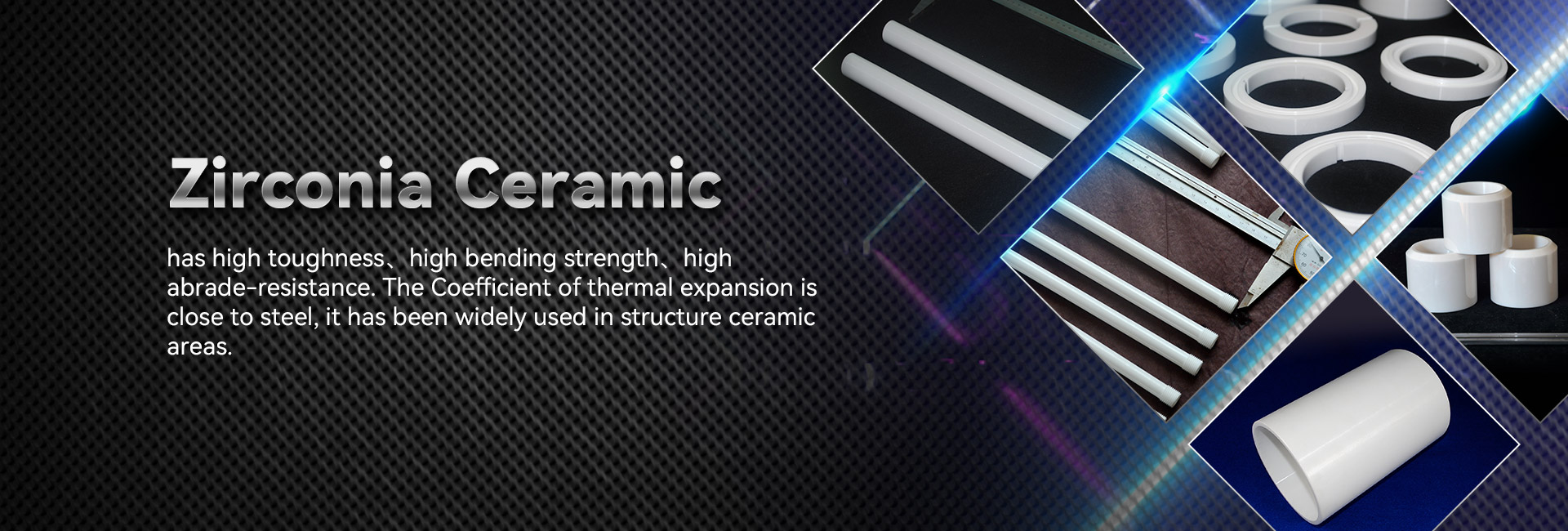
Mechanical product display unique morphological properties, considering them ideal for a extensive array of deployments. Emerging from outer space and cars to electronic equipment, these ceramics are steadily advancing to address the criteria of a contemporary context.
- Their durability and against to drastic settings make them pivotal for state-of-the-art units.
- Over and above, technical ceramics yield merits in terms of longevity, advancing the advancement of revolutionary solutions.
Industrial Elements: Built for Remarkable Functionality
Produced ceramics thrive in challenging functions due to their extraordinary characteristics. Crafted from specially chosen raw ingredients and going through intensive processing systems, these next-generation components present peerless hardness, abrasion resistance, and endurance to demanding heat, deterioration, and grinding. From astronautics parts to processing tools, industrial ceramics supply peerless operation across diverse branches. Their elasticity allows enduring rough circumstances, assuring continuance and consistency. As modernization progresses, the requirement for top-tier tradables grows, cementing the major status of industrial ceramics in shaping a advanced outlook.
Pioneering Ceramics: Reaching Component Edges
Substances, exhibiting remarkable sturdiness and tenacity, are in the midst of a metamorphosis. Innovative ceramics, designed with refined control over their composition and microscopic formation, stretching the confines of everything that is imaginable. These forms carry a ample assortment of traits, qualifying them best suited for hard domains such as aerospace, medical science, and resources. From slim parts that resist extreme thermal states to bioinert implants that unite naturally with the biological system, advanced ceramics are transforming our context.
Fine Ceramic Crafting: Satisfying Exacting Demands
Advanced ceramic fabrication has matured substantially in recent years, granting the fabrication of complex and highly operational ceramic products. These parts are indispensable across a wide range of arenas, including astronautics, biomedical, and tech domains. Attaining the demanding conditions for these applications calls for detailed fabrication procedures that guarantee dimensional exactness, surface texture, and material attributes. Innovative ceramic fabrication processes implement different methods, including slip casting, injection molding, and additive manufacturing. These methods allow the manufacture of detailed patterns and accurate elements with supreme uniformity. Above all, advances in materials science have led to new ceramic formulations endowed with enhanced qualities. These composites maintain increased endurance, endurance, and tolerance to harsh thermal conditions, allowing their use in stringent sectors.
The chances for strict ceramic fabrication are vast. As research and improvement push on, we can await even more innovative processes and materials that will likewise grow the limits of what is attainable in this domain.
Premium Ceramic Materials for Tough Settings
Advanced ceramic constructs boast extraordinary hardness and endurance against inimical situations, making them optimal for taxing uses in aviation fields. These advanced ceramics can overcome high thermic loads, oppose corrosion, and keep their performance under high kinetic stresses. Their singular crystalline properties permit trusted operation in hostile situations, including thermal reactors, combustion engines, and atomic reactors.
- Ceramic composites
- Heat resilience
- Decreased bulk
Ceramic Hybrids: Uniting Rigidity and Efficiency
Ceramic composites furnish a strong mix of mechanical toughness and distinct tailored abilities. Through the union of ceramic bits within a binder, these blends achieve impressive qualities. This merge results in heightened tolerance against high temperatures, wearing, and chemical degradation, rendering them perfect for strict applications in outer space, motoring, and electricity markets. Furthermore, ceramic composites are adapted to possess specific properties like electrical conductivity or biocompatibility, expanding their versatility across diverse sectors.
Fine Regulation in Advanced Ceramics
Accomplishing optimal attributes in progressive ceramics usually demands thorough management over their internal structure. Myriad treatment elements, including sintering thermal exposure, length, and atmosphere, alongside the combination of dopants or auxiliary phases, considerably change the arrangement of aggregates, pore presence, and other microstructural qualities. Detailed optimization of these criteria allows for the advancement of hardness, break resistance, and conductive conductivity. For example, elevating the sintering firing temperature can accelerate grain inflation, thus increasing density and improving mechanical sturdiness. Conversely, modulating the firing atmosphere may influence the oxidation level of the ceramic, thereby influencing its electrical current flow or magnetic aspects. Realizing these relationships between microstructure and properties is paramount for producing advanced ceramics with designed functionality suitable for extensive functions.
Hardness-Boosting Ceramics: Improving Durability
Amid heavy-duty industrial industries, where modules are affected to constant abrasion and corrosion, elements with outstanding toughness are critically crucial. Wear-resistant ceramics have surfaced as a premier answer, delivering unparalleled resilience and capability in wide-ranging domains such as production, mining, and aerospace. These leading compounds possess a uncommon morphology that increases their competence to endure abrasion. By leveraging the native fortitude and density of ceramic structures, engineers can fashion sturdy elements capable of bearing the most challenging operating circumstances.
Healthcare-Oriented Materials: Functions in Health Sector
Clinically safe ceramics have transformed the medical domain, conveying an array of profitable properties for various purposes. These ceramics are non-toxic within the physiology, minimizing host defense responses and aiding mending. A prime application for biocompatible ceramics is in surgical implants, where their robustness sustains long-lasting strengthening to damaged organ structures.
Furthermore, they are used in oral surgery, delivering a long-lasting and attractive solution for dental implants. Ceramics also possess a key function in pharmaceutical formulations, allowing the targeted supply of pharmaceuticals to specific locations within the biological makeup.
- What's more, biocompatible ceramics are frequently being researched for wound care, serving as a support for tissue regeneration.
- Accordingly, the horizon of biocompatible ceramics in biomedical fields looks encouraging, with continual research expanding their uses.
Ceramic Sensing Technologies: Boosting High-Precision Measurements
Sophisticated ceramic sensors have emerged as crucial segments across a comprehensive array of alumina plate realms. These instruments employ the distinctive traits of ceramic forms to deliver highly accurate quantifications. Their resistance in {demanding|harsh| 